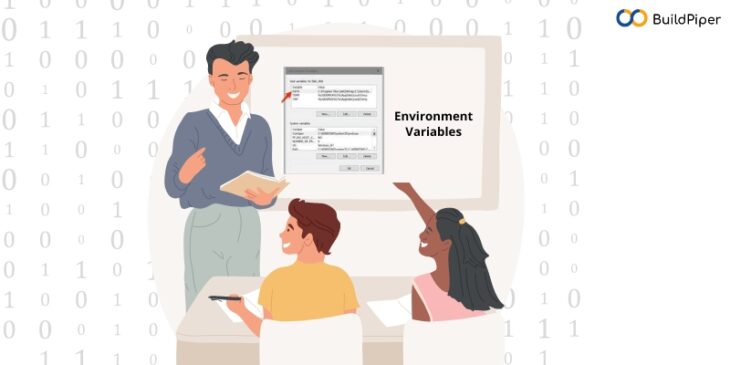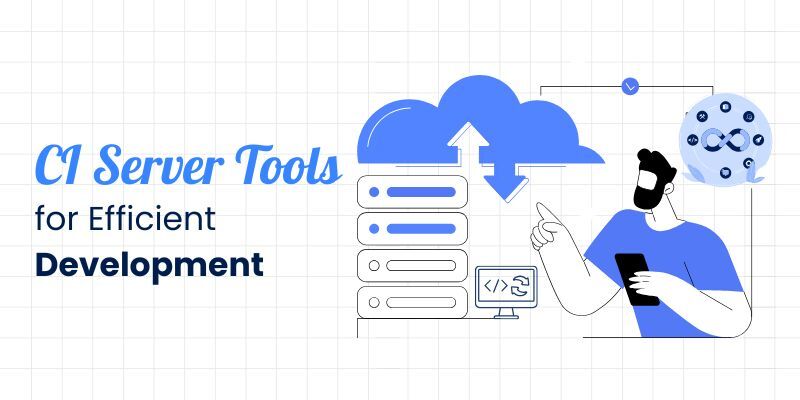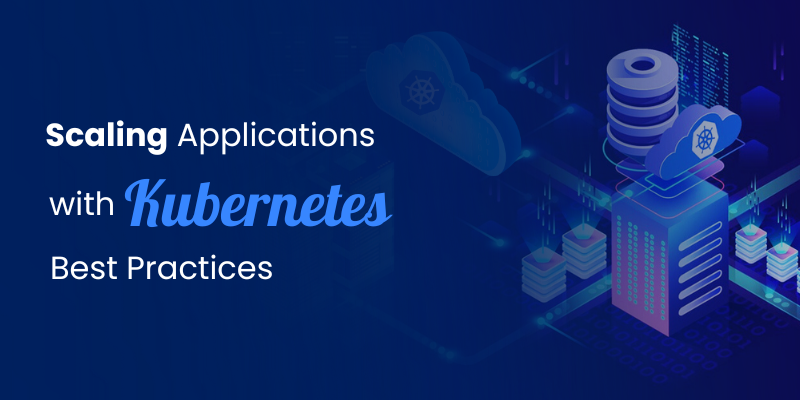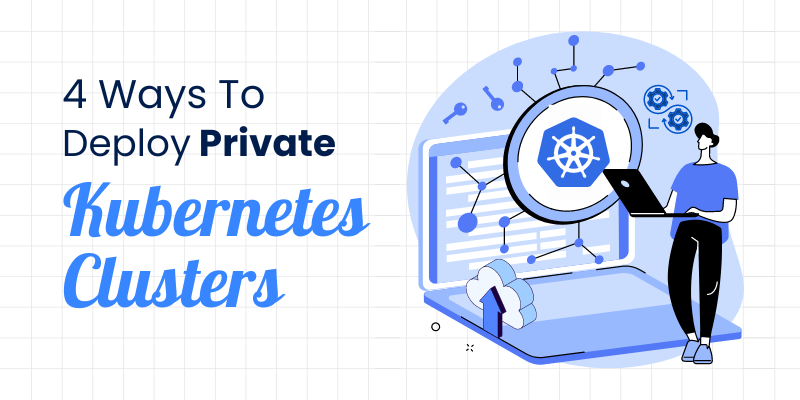
In the world of software development, environment variables play a crucial role in infrastructure configuration management. This blog serves as an introductory guide to environment variables. Here, we’ll discuss in detail about environment variables and understand their significance.
Next, we’ll examine the practical usage of environment variables, particularly within the context of Kubernetes. As Kubernetes has emerged as a leading container orchestration platform, understanding how to manage environment variables within this ecosystem becomes increasingly critical. We will explore different approaches to manage environment variables within Kubernetes, including utilizing ConfigMaps, Secrets and best practices for better management.
By the end of this article, you’ll have a solid understanding of what environment variables are, why they are crucial in software development and how they can be effectively employed in Kubernetes & related infrastructure configurations.
Discover the power of environment variables and their role in shaping modern software systems, here, in this blog. So, let’s dive into this discussion on environment variables and Kubernetes.
What are Environment Variables?
Environment variables are dynamic values that are part of the operating system’s environment and can be accessed by various programs running on the system. They are used to provide configuration settings, system information and other important parameters to software applications.
Environment variables are typically defined by the operating system or set by the user. They are stored in a special data structure maintained by the operating system called the environment block. Each variable has a name and a corresponding value, which can be retrieved by programs to access the information they represent.
The main purpose of environment variables is to provide a standardized way for programs to obtain certain information without requiring hard-coded values within the code itself. They enable flexibility and portability of software applications by allowing them to adapt to different environments without the need for recompilation or modification.
For example, some commonly used environment variables include:
- PATH: Specifies the directories where the operating system should look for executable files.
- HOME: Indicates the user’s home directory.
- TEMP or TMP: Specifies the directory where temporary files should be stored.
- USER or USERNAME: Represents the username of the currently logged-in user.
- OS: Indicates the name of the operating system.
Programs can read the values of these environment variables during runtime. They can also modify or create their own environment variables to store specific information required by the application. Environment variables are particularly useful in scripting and automation, as they provide a convenient way to pass parameters and configuration settings to scripts without modifying the script itself.
[Good Read: Issues in Kubernetes Cost Management!]
How to manage Environment Variables in Kubernetes?
Managing environment variables effectively in Kubernetes can greatly enhance the management of your applications. Here are some practices to manage environment variables within Kubernetes :
- Use ConfigMaps and Secrets: Leverage ConfigMaps for non-sensitive configuration data and Secrets for sensitive information like credentials or API keys. Separating environment variables from the application configuration enables easier updates and reduces the risk of exposing sensitive data.
- Centralize Configuration: Instead of hardcoding Kubernetes variables in each application’s deployment configuration, centralize the configuration in ConfigMaps or Secrets. This centralization simplifies management, promotes consistency and enables easier updates across multiple deployments.
- Avoid Sensitive Data in Plain Text: When using Secrets, avoid storing sensitive information as plain text. Instead, base64 encode the values to obfuscate them. While base64 encoding is not encryption, it provides a basic level of protection. For stronger security, consider using tools like Kubernetes Secrets Store CSI Driver or external secret management systems.
- Use Descriptive Names: Choose meaningful and descriptive names for your environment variables to ensure clarity and maintainability. Clear naming conventions make it easier for developers, operators and administrators to understand the purpose and usage of Kubernetes variables.
- Version Control Configurations: Store your Kubernetes configurations, including environment variables, in version control systems like Git. This practice enables versioning, change tracking and collaboration. It ensures that environment variable changes are properly documented and reviewed.
By following these practices, you can improve the management of environment variables in Kubernetes, enhance security, ensure consistency and streamline the deployment & configuration process for your applications. After reading this blog on environment variables and Kubernetes, you must now be having a solid understanding of how environment variables can be effectively employed in Kubernetes.
Introducing BuildPiper
Being a Kubernetes management console allowing DevOps teams to operate a dynamic environment at scale, BuildPiper helps,
- Achieve immediate and comprehensive visibility into all the cluster entities.
- Gain and monitor accurate performance with deep insights.
- Get insights into the health status of the pods and nodes within the cluster.
- Integrate and set up infrastructure monitoring and log management tools with out-of-the-box product functionalities.
- Enable further configuration of Kubernetes to make it ready for microservices consumption.
BuildPiper is the perfect Kubernetes management console that enables effective and hassle-free cluster management in combination with its other incredible functionalities that include Managed Microservices, Secure CI/CD Pipelines, Security, Compliance & Observability and much more!
Talk to our experts to discuss critical business scenarios and major Kubernetes challenges NOW!



